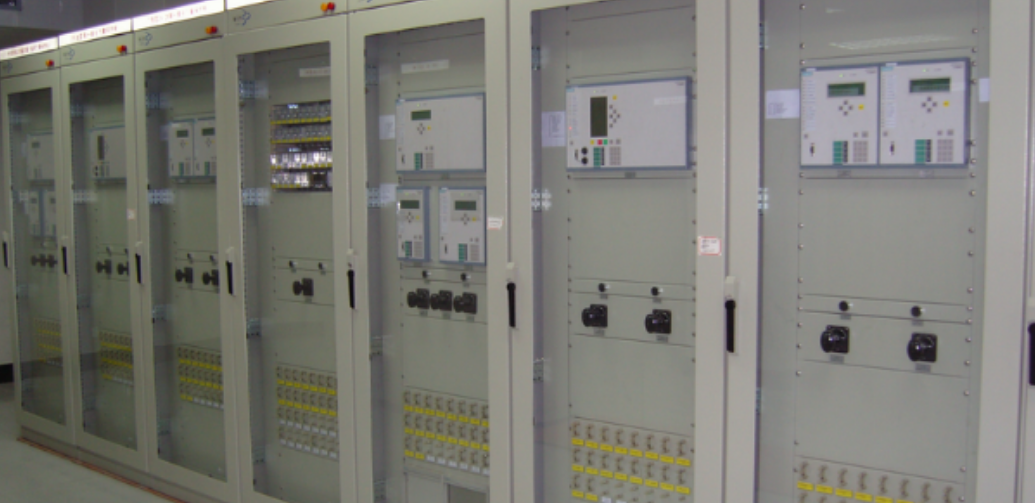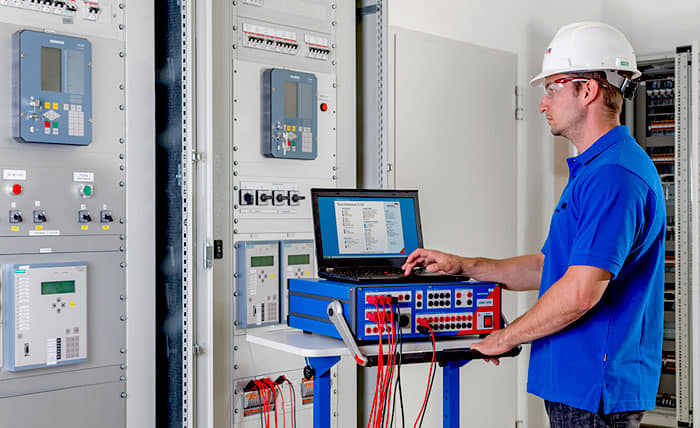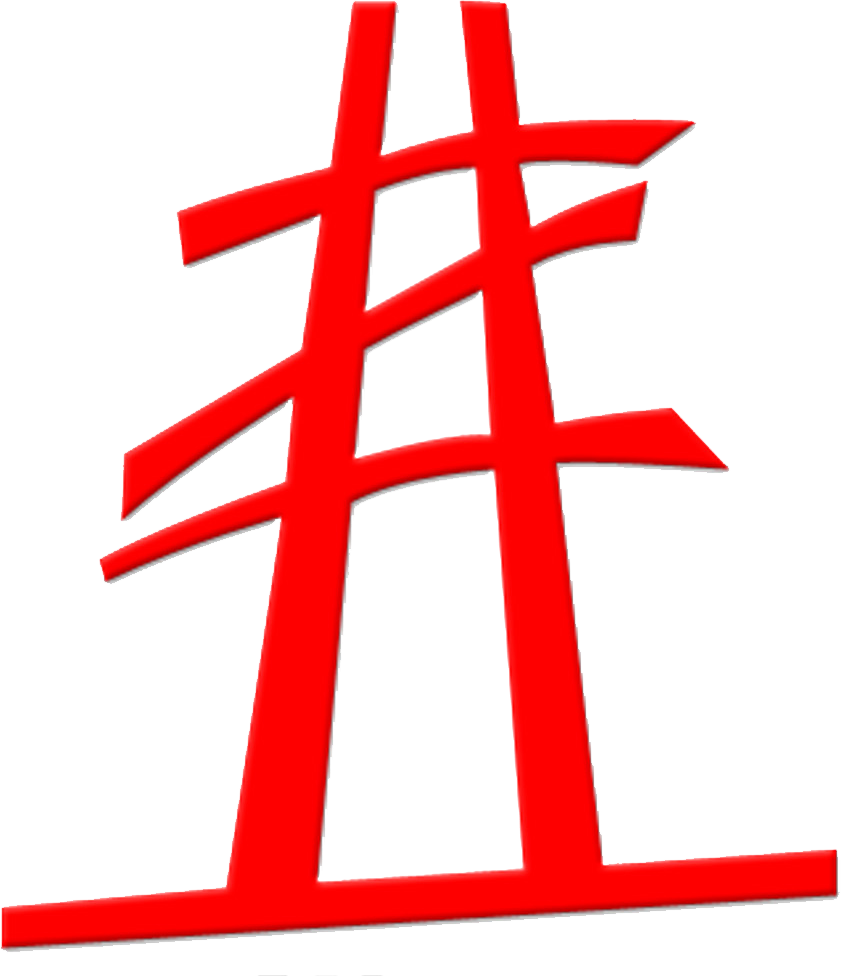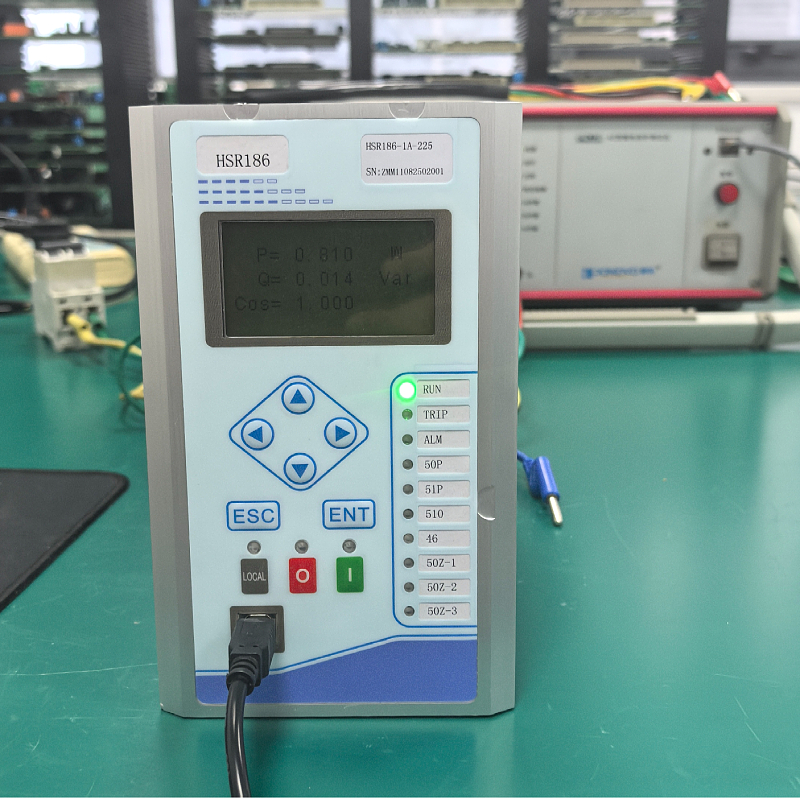
1. Overload protection
Overload protection is an important form of transformer protection, which is mainly used to prevent the damage caused by long-term overload of transformer. When the transformer load exceeds its design value, the overload protection device will start to prevent the transformer from overheating and damage by reducing the load or sounding an alarm. This kind of protection is based on real-time monitoring of the load of the transformer and setting the corresponding reading value.
2. Protection against excessive oil temperature
Excessive oil temperature protection is designed to prevent transformer failure due to excessive oil temperature. When the oil temperature of the transformer exceeds the set safety range, the oil temperature excessive protection device will be triggered, and corresponding measures such as starting the fan and reducing the load will be taken to reduce the oil temperature and ensure the normal operation of the transformer. This protection depends on real-time monitoring of oil temperature sensor and setting of temperature threshold.
3. Non-electricity protection
Non-electrical protection mainly monitors and protects the non-electrical quantities of the transformer, such as the oil level and gas content of the transformer. When these non-electrical quantities exceed the normal range, the non-electrical protection device will give an alarm or take corresponding protective measures. This protection is based on the real-time monitoring of the non-electrical quantity of the transformer by the sensor and setting the corresponding safety threshold.
4. Differential protection
Differential protection is the most sensitive and reliable form of transformer protection, which is mainly used to detect short-circuit faults inside transformers. Differential protection judges whether there is a fault based on the current difference between the two sides of the transformer. When a fault occurs, the differential protection device will quickly cut off the fault circuit to prevent the fault from expanding. This kind of protection requires accurate measurement of the current on both sides of the transformer and high-speed differential calculation.

5. Overcurrent protection
Overcurrent protection mainly includes current quick break protection, overcurrent protection and zero sequence protection
Current protection is divided into time-limited current quick-break and time-limited current. When the line fails, time-limited quick-break protection can act instantaneously, but it can only protect part of the line. Time-limited current protection can protect the whole line. In addition, time-limited quick-break protection is one time limit larger than the time-limited protection of the next line, so when a short circuit occurs at the head end of the next line, the protection will not malfunction. Zero sequence protection is mainly used to detect and deal with ground faults. When a ground fault occurs in the power system, zero sequence current, zero sequence voltage and zero sequence power will be generated. Zero sequence protection uses these electrical quantities to form a relay protection device for protecting ground short circuits.
Generally speaking, transformer protection is equipped with protection functions according to capacity
The capacity of the transformer is below 1250KVA, and it is equipped with current quick break and overcurrent protection;
The capacity of the transformer is above 1250KVA, and it is equipped with current quick break, overcurrent protection and gas protection;
The transformer capacity is 6300KVA, equipped with differential protection, current quick break, overcurrent protection, gas protection.
To sum up, there are rich and diverse types of transformer protection functions, and each type of protection has its own specific basic principles and application scenarios. By reasonably configuring and using these protection functions, the safe operation of transformer can be ensured and the reliability and stability of power system can be improved. At the same time, with the continuous progress of technology and the continuous development of power system, new protection technologies and methods will continue to emerge, providing more comprehensive and effective solutions for transformer protection.












